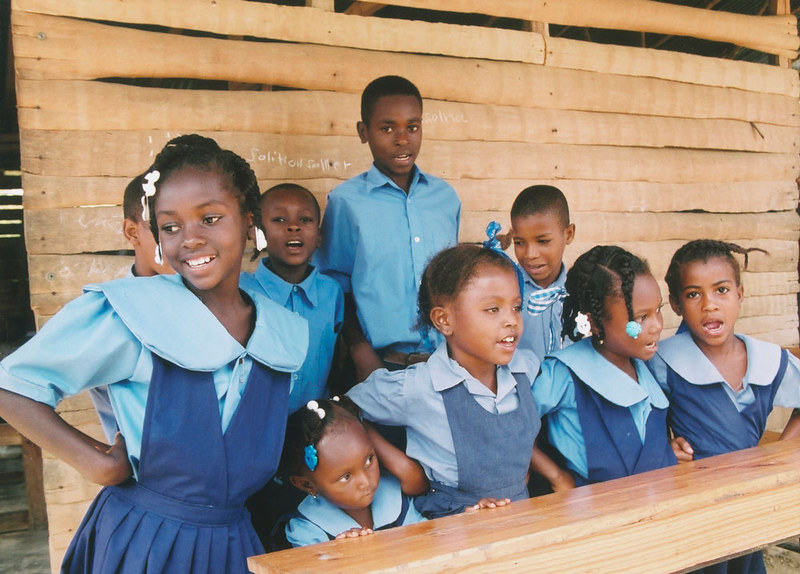 In Haiti, more than 5.5 million citizens urgently need humanitarian assistance due to escalating armed violence, food and water shortages, political instability and forced displacement. While gang activity was once concentrated in urban centers, it has spread into rural, isolated regions over the past few years, weakening the government’s authority and the nation’s sovereignty. Many of these crises developed following the assassination of President Jovenel Moïse in 2021, leading to a loss of political agency throughout the country that external health and environmental issues, including the COVID-19 pandemic have exacerbated.
In Haiti, more than 5.5 million citizens urgently need humanitarian assistance due to escalating armed violence, food and water shortages, political instability and forced displacement. While gang activity was once concentrated in urban centers, it has spread into rural, isolated regions over the past few years, weakening the government’s authority and the nation’s sovereignty. Many of these crises developed following the assassination of President Jovenel Moïse in 2021, leading to a loss of political agency throughout the country that external health and environmental issues, including the COVID-19 pandemic have exacerbated.
Amid these ongoing crises, Haitian women continue to face disproportionate consequences in comparison to their male counterparts, specifically in the form of widespread gender-based violence. As humanitarian organizations prioritize responses to alleviate institutional weaknesses in Haiti, they place the unique struggles of women and girls at the forefront to ensure equitable progress.
Overview of Economic and Political Insecurities
Gang violence has only continued to escalate across Haiti since 2021, beginning to creep into almost all regions. A primary point of concern is the capturing of Haiti’s capital Port-au-Prince, which is currently seized by a variety of differing gang entities. With Port-au-Prince serving as the primary center of distribution for the nation, many armed gangs have been able to acquire access to the most fundamental roads, ports and fuel terminals for the Haitian economy, restricting the potential for economic growth.
The newfound authority of these gangs allows them to attack individuals and families without political repercussions, instating a sense of fear across the population. In 2022 alone, authorities recorded more than 2,000 murders and 1,114 kidnappings in Haiti, highlighting the urgent need for enhanced safety measures. Additionally, some gang members have compromised humanitarian spaces that could provide services and supplies that would lead to greater infrastructural resistance to political violence. Currently, there have been an estimated 893 humanitarian access incidents as a result of conflicts occurring between gangs, police and those dedicated to serving in these NGOs.
Rise in Sexual Violence and Discrimination
The increase in gang activity within Haiti has also led to higher rates of sexual violence, often used as a means of punishment and control by gangs. These violent and potentially deadly measures coerce families during ransoms, threatening the livelihoods of women and girls in Haiti. Although reports reveal a 49% increase in gender-based violence in recent years, the actual extent of sexual violence remains underreported and frequently unpublished under gang control.
Currently, women constitute more than half of the 580,000 displaced people in Haiti, many of whom reside temporarily in makeshift camps and other forms of shelter. Most of these camps, operating with limited funding, lack lighting or locks in critical areas such as bedrooms or toilets, heightening the risk for gender-based aggression. Despite the presence of humanitarian organizations, gangs deliberately target women and young girls in Haiti to block their access to humanitarian assistance, creating a greater need for financial dependency. A report by the United Nations (U.N.) Women’s Rapid Gender Assessment revealed that more than 90% of women living in these camps do not have a sustainable income source, with another 16% feeling “intimidated, harassed or traumatized” by armed gangs.
Health Care for Pregnant Women
Less than half of the health facilities in the Port-au-Prince metropolitan area are functioning at normal capacity, with many hospitals forced to close due to the inability to guarantee patient safety in the context of gang activity. This situation has put immense pressure on local health care systems, now struggling with medical emergencies and outbreaks, including more than 75,000 hospitalized cases of cholera as of January 2024. As a result, more than 3,000 women currently lack proper access to maternal health services.
The World Health Organization (WHO) indicated in 2016 that only 39% of births in Haiti take place in health care facilities that “reflect issues of access, quality and demand” and low rates of postpartum newborn care, with the nation having the highest rates of maternal mortality in Latin America and the Caribbean. In this shifting political climate, mothers and children face even greater challenges in obtaining necessary services for optimal health outcomes.
Current Humanitarian Programs and Responses
Many humanitarian organizations have developed effective solutions to the many instabilities in Haiti but still lack the necessary funding to fulfill all their tasks completely. For example, the Pan American Health Organization supports Haiti’s Ministry of Health by delivering more than 38 tons of medical supplies and conducting more than 20,000 medical consultations. With only 5.6% of their required $22,250,000 to rebuild health care systems, they continue to seek international support to meet critical health needs, including blood transfusion supplies, oxygen and other essential medical equipment, alongside incentives for health care workers.
Simultaneously, “humanitarian aid must be safely distributed in line with the differentiated needs of women and girls,” states U.N. Women Executive Director Sima Bahous. U.N. Women has partnered with Rapha International to provide emergency support for women who have experienced gender-based violence, ranging from counseling, medical assistance and relocation to financial support. Women can connect with service providers, trained in both medical and psychological care, securely and anonymously without concern for external repercussions. So far, more than 2,000 women in Haiti have used this system and around 100 community leaders have received training to monitor and report cases of sexual abuse, implementing safety on a broader scale.
Re-Envisioning Mental Health Approaches
Many respondents of the U.N. Women Rapid Gender Assessment suggested that rapid surges of violence occurring throughout Haiti had negatively impacted their mental health. Dr. Yolle-Guida Dervil Pierre, a licensed therapist based in Florida, supports a group of 12 young girls in Jacmel, Haiti through the Divine Ministries of Haiti, providing weekly group meetings, emergency medical support and many of their basic needs including clothing, hygiene kits and school supplies. In her practice, she emphasizes the importance of building self-worth and promoting self-care amid the ongoing events in the nation, which she concludes has improved their mental health.
Dr. Yolle-Guida Dervil Pierre aligns her work with human trafficking prevention strategies, acknowledging the vulnerability of young girls in Haiti to traffickers who offer financial incentives for school tuition or food. She advocates creating small business opportunities for Haitian women, enabling them to gain vocational experience and build aspirations for the future. Her program allows donors to sponsor these girls, providing essential support such as paid tuition, weekly meals and comprehensive physical and emotional care during times of instability.
Looking Ahead
As Haiti continues to struggle with widespread violence and instability, the focus remains on restoring safety and access to essential services for its population. Strengthening health care facilities and addressing the specific needs of women and children could be key in moving forward. Ensuring adequate funding for humanitarian efforts and expanding community-based support systems are critical steps in rebuilding the nation’s resilience. International cooperation could play a vital role in helping Haiti recover and creating sustainable solutions for its future.
– Eileen Lincoln
Eileen is based in Oakton, VA, USA and focuses on Technology and Global Health for The Borgen Project.
Photo: Flickr
 In Nigeria, women and girls face numerous obstacles that hinder their socioeconomic progress, particularly in the informal sector. According to data from Nigeria’s National Bureau of Statistics (NBS), women comprise a significant portion of the informal workforce. Indeed, they often lack access to essential benefits such as health care, pensions and financial services. This makes them more vulnerable to economic shocks and limits their ability to grow their businesses or secure stable incomes.
In Nigeria, women and girls face numerous obstacles that hinder their socioeconomic progress, particularly in the informal sector. According to data from Nigeria’s National Bureau of Statistics (NBS), women comprise a significant portion of the informal workforce. Indeed, they often lack access to essential benefits such as health care, pensions and financial services. This makes them more vulnerable to economic shocks and limits their ability to grow their businesses or secure stable incomes.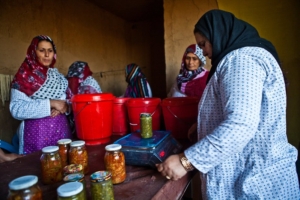 The
The 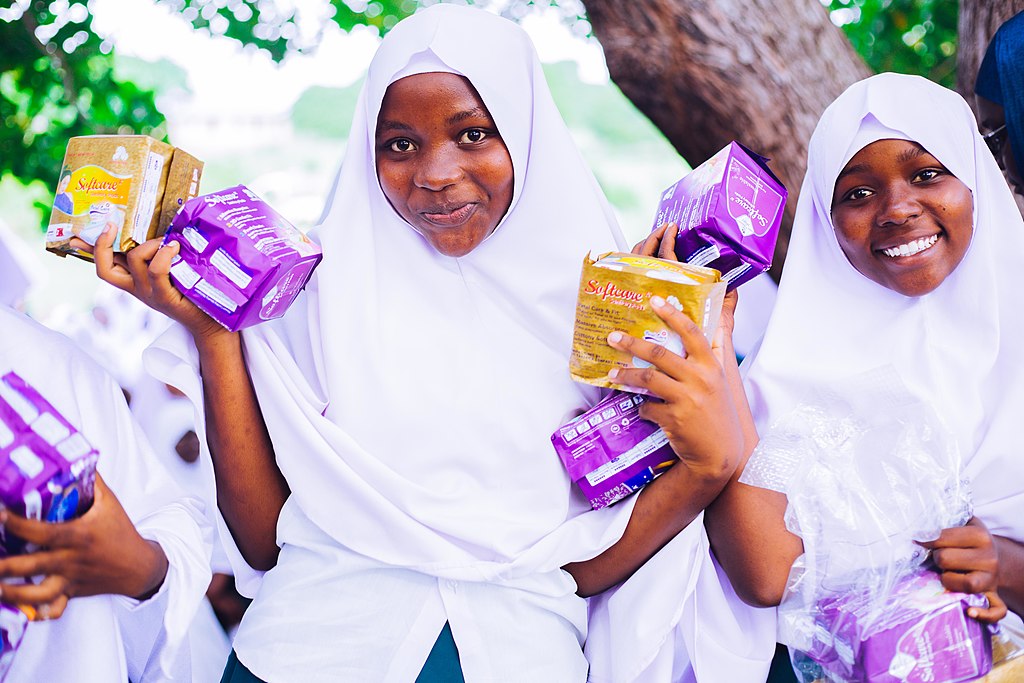
 In
In 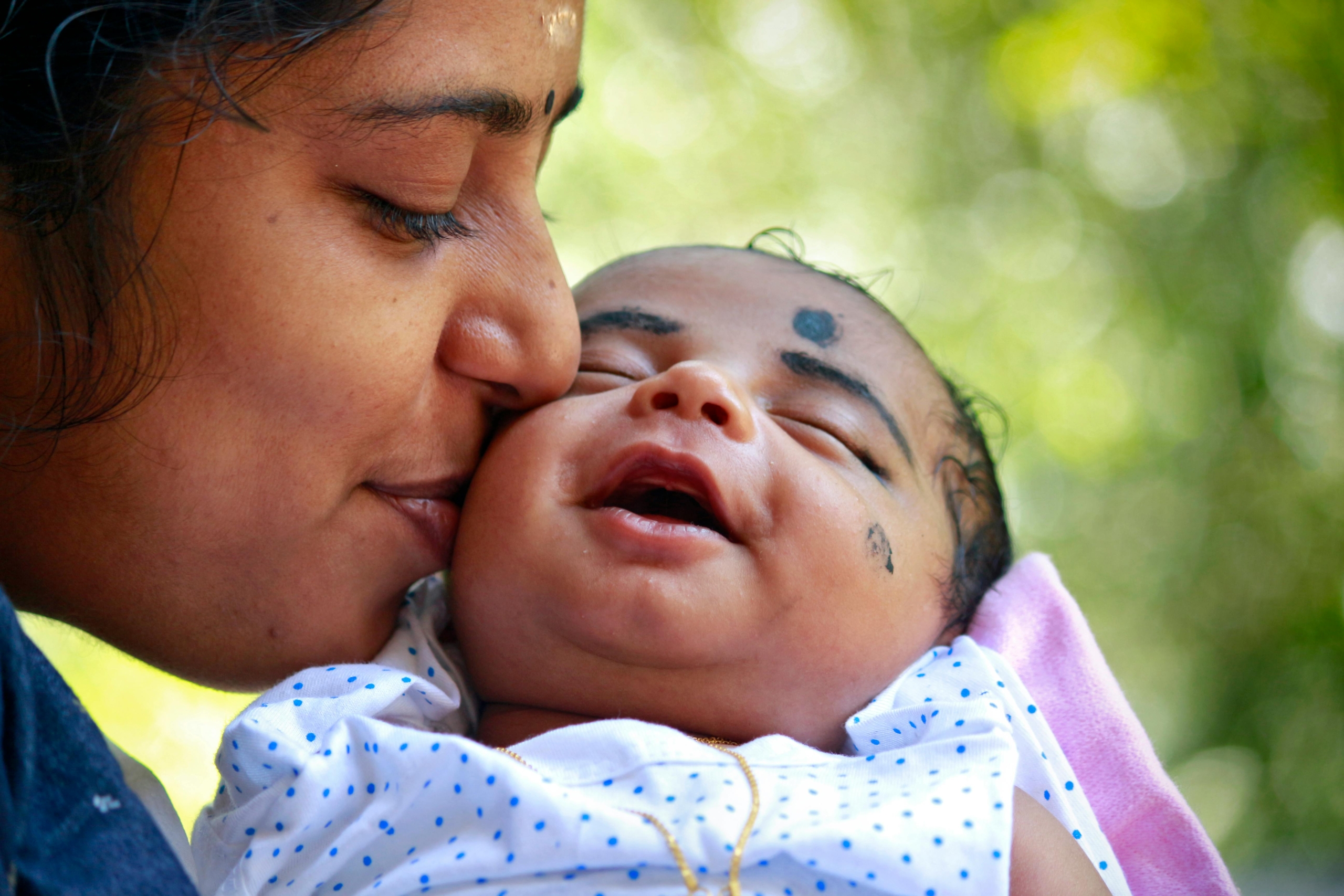
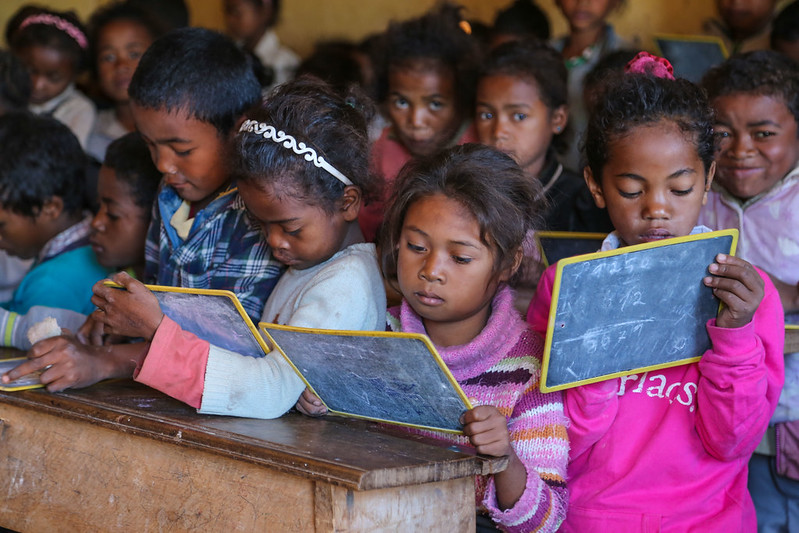

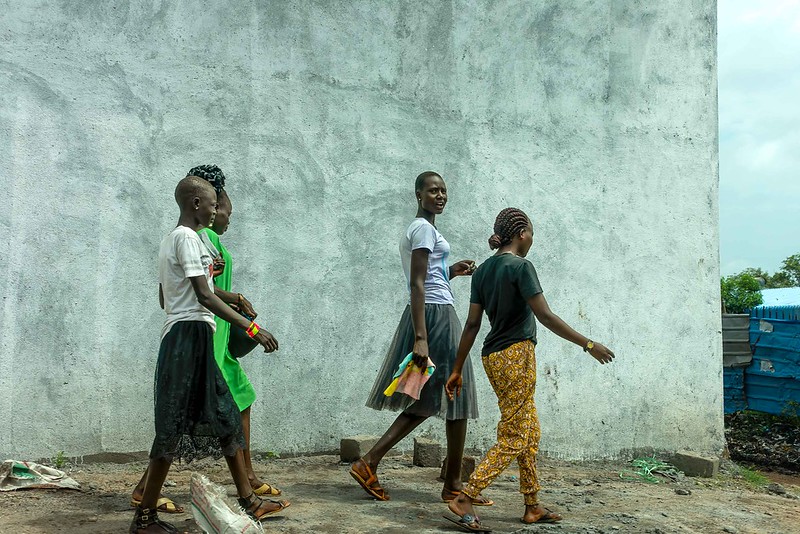

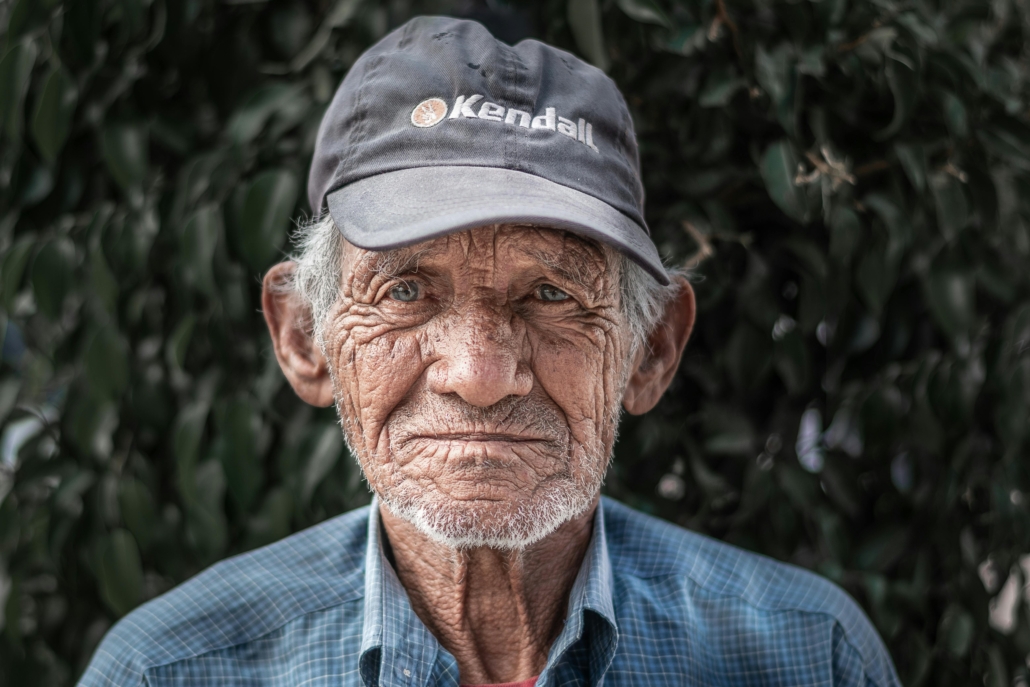 Poverty in the Latin American and Caribbean region remains prevalent post-pandemic, with
Poverty in the Latin American and Caribbean region remains prevalent post-pandemic, with 